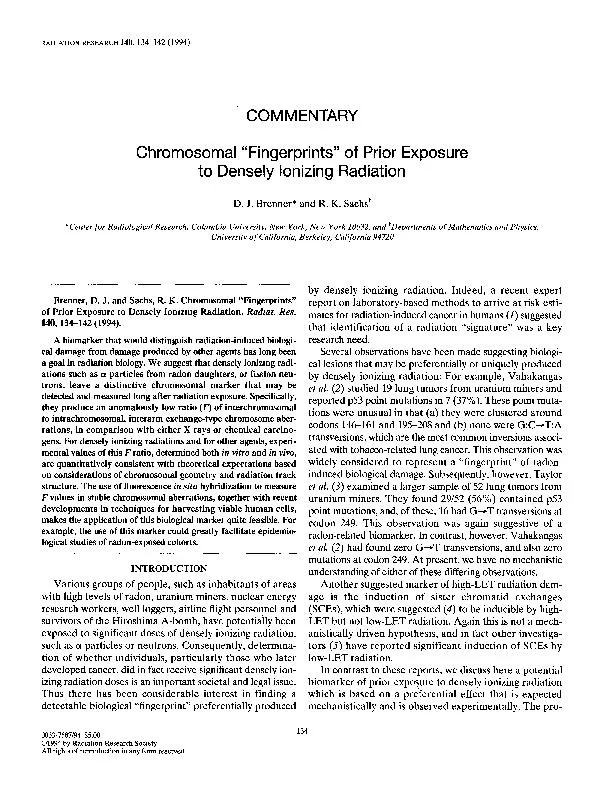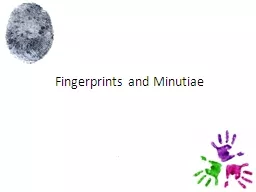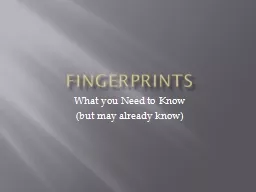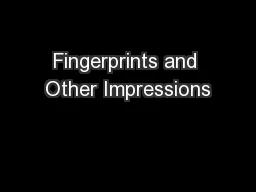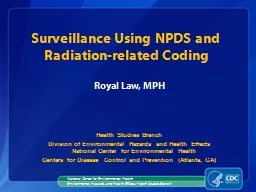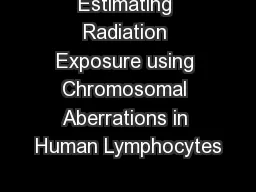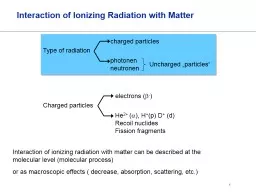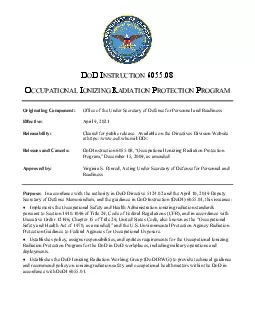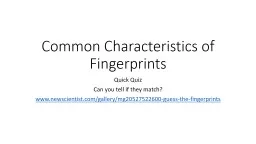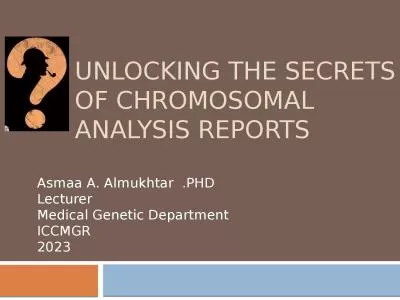PDF-Chromosomal "Fingerprints" of Prior Exposure to Densely Ionizing Radia
Author : trish-goza | Published Date : 2016-03-12
COMMENTARY D J Brenner and R K sachsi Center for Radiological Research Columbia University New York New York 10032 and eartments of Mathematics and Physics University
Presentation Embed Code
Download Presentation
Download Presentation The PPT/PDF document "Chromosomal "Fingerprints" of Prior Expo..." is the property of its rightful owner. Permission is granted to download and print the materials on this website for personal, non-commercial use only, and to display it on your personal computer provided you do not modify the materials and that you retain all copyright notices contained in the materials. By downloading content from our website, you accept the terms of this agreement.
Chromosomal "Fingerprints" of Prior Exposure to Densely Ionizing Radia: Transcript
Download Rules Of Document
"Chromosomal "Fingerprints" of Prior Exposure to Densely Ionizing Radia"The content belongs to its owner. You may download and print it for personal use, without modification, and keep all copyright notices. By downloading, you agree to these terms.
Related Documents

